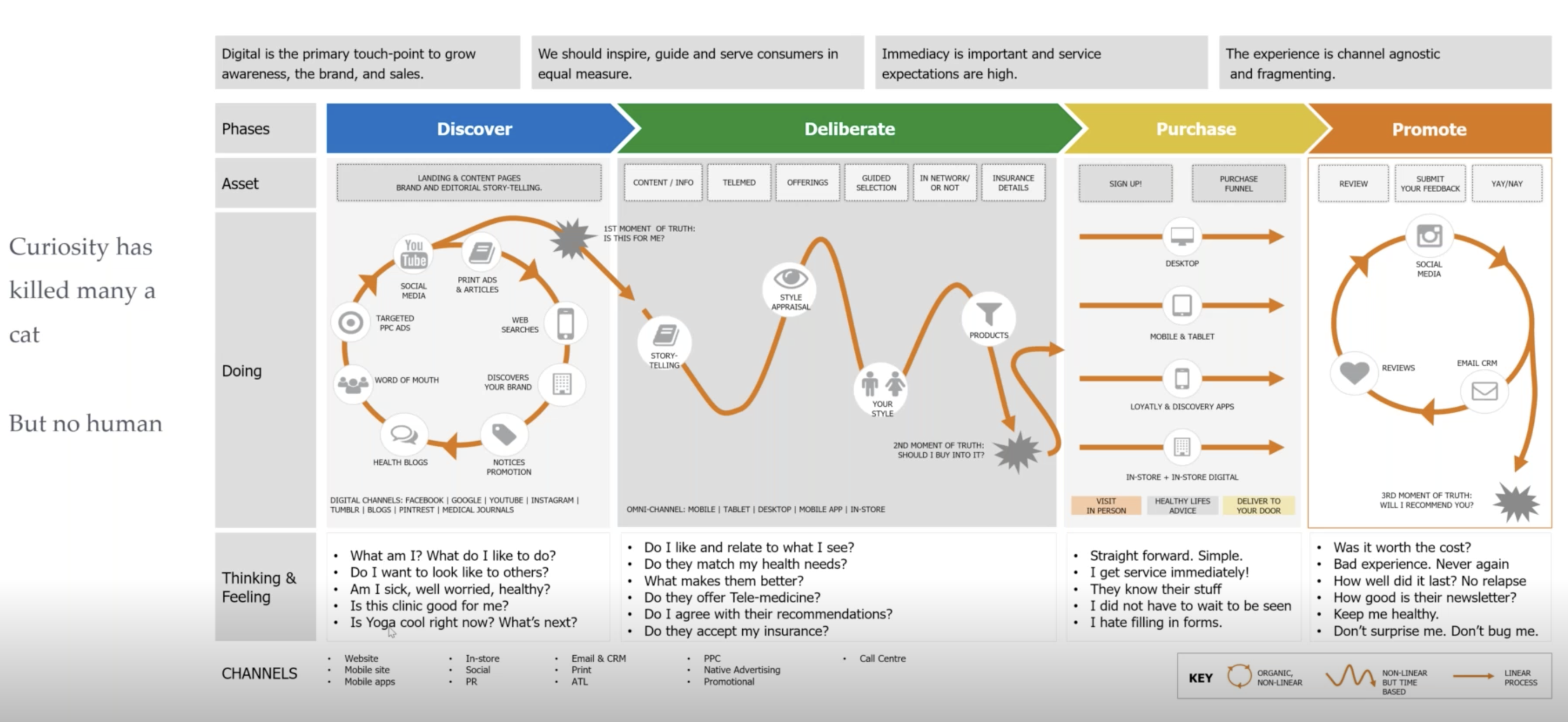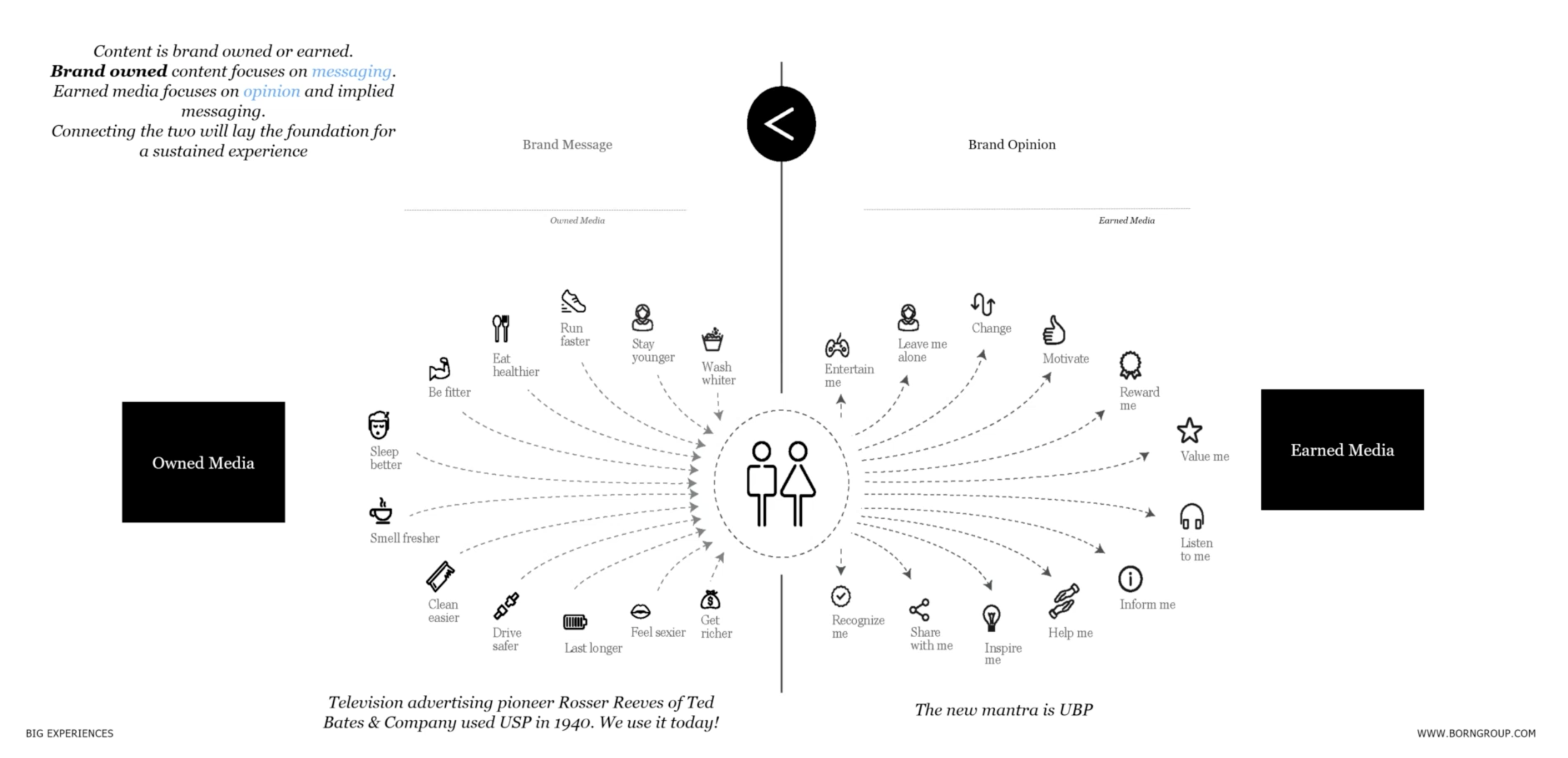How to engage and enhance digital user experiences
-png.png)
Ed Marx was joined by Dilip Keshu for our latest webinar on healthcare digital transformation. The HCI Group has extensively covered this topic in 2020, as now more than ever understanding and developing digital transformation within healthcare is essential. Dilip Keshu is CEO of BORN Group, a digital agency whose customers include brands such as Mondelez, Nestle, Red Bull, Unilever, Yamaha, Textron, and others. With Dilip’s help, we looked at what differentiates one brand from another when it comes to the creative, content and commerce. BORN has implemented creativity and user experience thinking across other industries and healthcare is crying out for this now also.
-png.png)
“When I started this business there were already 4,000 agencies out there that brands engaged with to create transformative digital experiences. The word that was bandied around in every board room was, digital. I felt something was missing in those conversations. The word economy, as it is an easily the more pivotal word in the duo, digital economy. So, I came with the mantra of Creative/Content/Commerce to inspire everyone to be creative, produce content that is suitable for the digital world, but also with the mindset to make money. With this new digital economy thinking, we have grown BORN to become one of the largest and most awarded agencies in its genre.”
What does the term “Human Centered Experience” really mean?
Delivering experiences has almost become a cliché marketing term. Human centered experiences has a special meaning. It is to provide consumers a 1 on 1 hyper personalized experience – not an experience created for a broad segment or category - like male, female, baby boomers, millennials and so on. The reason BORN uses this term is that human are cognitive beings, and no two humans are the same even if you segment them into groups.
In the context of healthcare for instance, one can’t say all diabetes patients are the same. Every patient is unique and the longitudinal record providers build for them is built over time. Over time people fall ill and also get cured. This is why the experience delivered to people can’t be the same.
Patients vs Persons
I believe that the healthcare industry has to sit back and look at the three p’s – Patient, Provider and Payor. It should replace Patient with “Person”, because over time, preventative care which is focused on a Person can be bigger as an industry than Patient care. A patient is after all a person before they fall ill and seek help. I hope there is mindset change in the industry. As soon as the industry starts seeing a patient as a person, the industry will start to make great advancements in personalized care
Nothing is linear in decision making

Decision making is a nonlinear process (as demonstrated in the graphic above). We have a certain set of likes and dislikes, which change as we grow older. What we liked when we were twenty is not necessarily the same as what we like when we are forty.
Remember everyone is a publisher

Brands focus on their products and services and their messaging is themed around their unique selling proposition or USP. With the pervasiveness of social media platforms people are now prolific publishers. They emote, share and tell people what they eat, buy, sell and consume. From this one can listen into a person’s unique buying proposition (“I like Yoga”, “I am a vegan” “I like the keto diet” “I am allergic to nuts”) – we call this the UBP. If brands/providers “listened” to what people were saying through their posts and tweets, they can refine their USPs to match what people are buying UBP).
